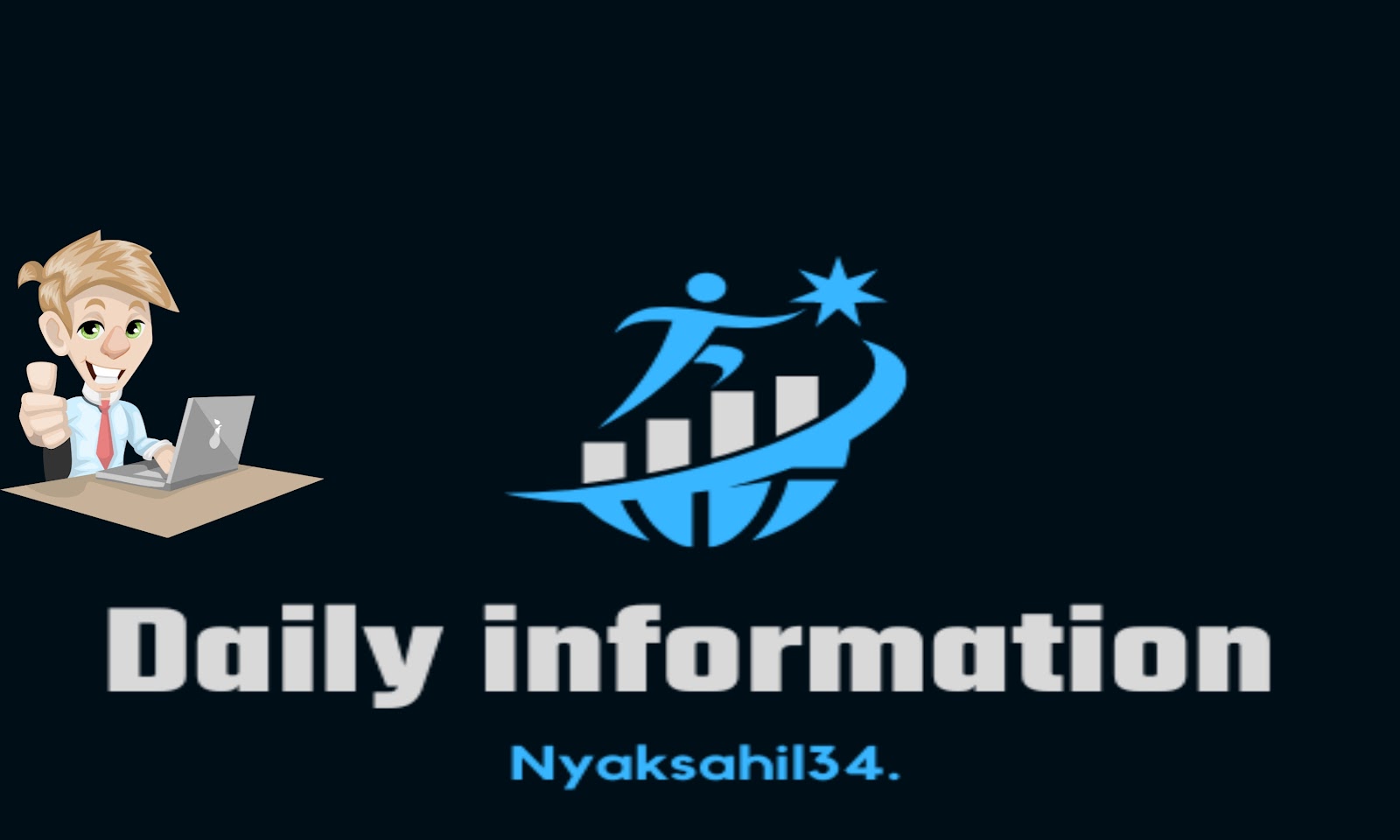How to Manage Anxiety and its Physical Symptoms
How to Manage Anxiety and its Physical Symptoms
Anxiety is a normal response to stress, but when it becomes excessive, it can interfere with daily activities. Anxiety is a complex mental health condition that can manifest itself in both emotional and physical symptoms. The physical symptoms of anxiety can be just as distressing as the emotional symptoms and can significantly impact a person's quality of life. In this article, we will explore various strategies for managing anxiety and its physical symptoms.
Understand the Connection between Anxiety and Physical Symptoms
Anxiety and stress activate the body's "fight or flight" response, which prepares the body for a perceived threat. This response triggers the release of hormones, such as adrenaline, that increase heart rate, blood pressure, and muscle tension. In some individuals, this response can become chronic, leading to persistent physical symptoms of anxiety.
Recognize Common Physical Symptoms of Anxiety
Common physical symptoms of anxiety include:
Muscle tension and aches
Fatigue
Headaches
Stomach upset
Rapid heart rate
Shortness of breath
Sweating
Tremors
Insomnia
Lightheadedness
Practice Relaxation Techniques
Relaxation techniques, such as deep breathing, progressive muscle relaxation, and yoga, can help to manage anxiety and its physical symptoms. These techniques work by slowing down the body's "fight or flight" response and promoting a sense of calm.
Deep breathing involves taking slow, deep breaths and focusing on the sensation of air moving in and out of the body. This technique can help to slow down the heart rate and reduce muscle tension.
Progressive muscle relaxation involves tensing and then releasing different muscle groups, one at a time. This technique can help to reduce muscle tension and promote relaxation.
Yoga is a form of exercise that combines physical postures, breathing techniques, and meditation. Practicing yoga regularly can help to reduce stress, improve mood, and increase physical and mental relaxation.
Exercise Regularly
Exercise is a powerful tool for managing anxiety and its physical symptoms. Regular exercise can help to reduce muscle tension, improve sleep, and promote relaxation. It can also boost mood and self-esteem, which can help to reduce anxiety. Aim to exercise for at least 30 minutes each day, and choose an activity that you enjoy, such as walking, cycling, or swimming.
Get Enough Sleep
Getting enough sleep is essential for managing anxiety and its physical symptoms. When we are sleep-deprived, our bodies become more sensitive to stress and anxiety. Aim to get 7-9 hours of sleep each night and establish a consistent sleep routine. Avoid caffeine and screen time before bedtime, and create a relaxing bedtime routine, such as reading a book or taking a warm bath.
Eat a Balanced Diet
Eating a balanced diet can help to manage anxiety and its physical symptoms. Processed and sugary foods can increase anxiety and worsen physical symptoms, so aim to eat a diet that is rich in whole foods, such as fruits, vegetables, whole grains, and lean proteins.
Limit Alcohol and Caffeine
Alcohol and caffeine can worsen anxiety and its physical symptoms, so it is important to limit their consumption. Alcohol can disrupt sleep and increase feelings of anxiety, while caffeine can increase heart rate and muscle tension.
Seek Professional Help
If you are experiencing persistent physical symptoms of anxiety, it is important to seek professional help. A mental health professional can help to diagnose and treat anxiety, and can also provide support and guidance for managing physical symptoms.
Medication
In some cases, medication may be prescribed to manage anxiety and its physical symptoms. Antidepressant






Post a Comment